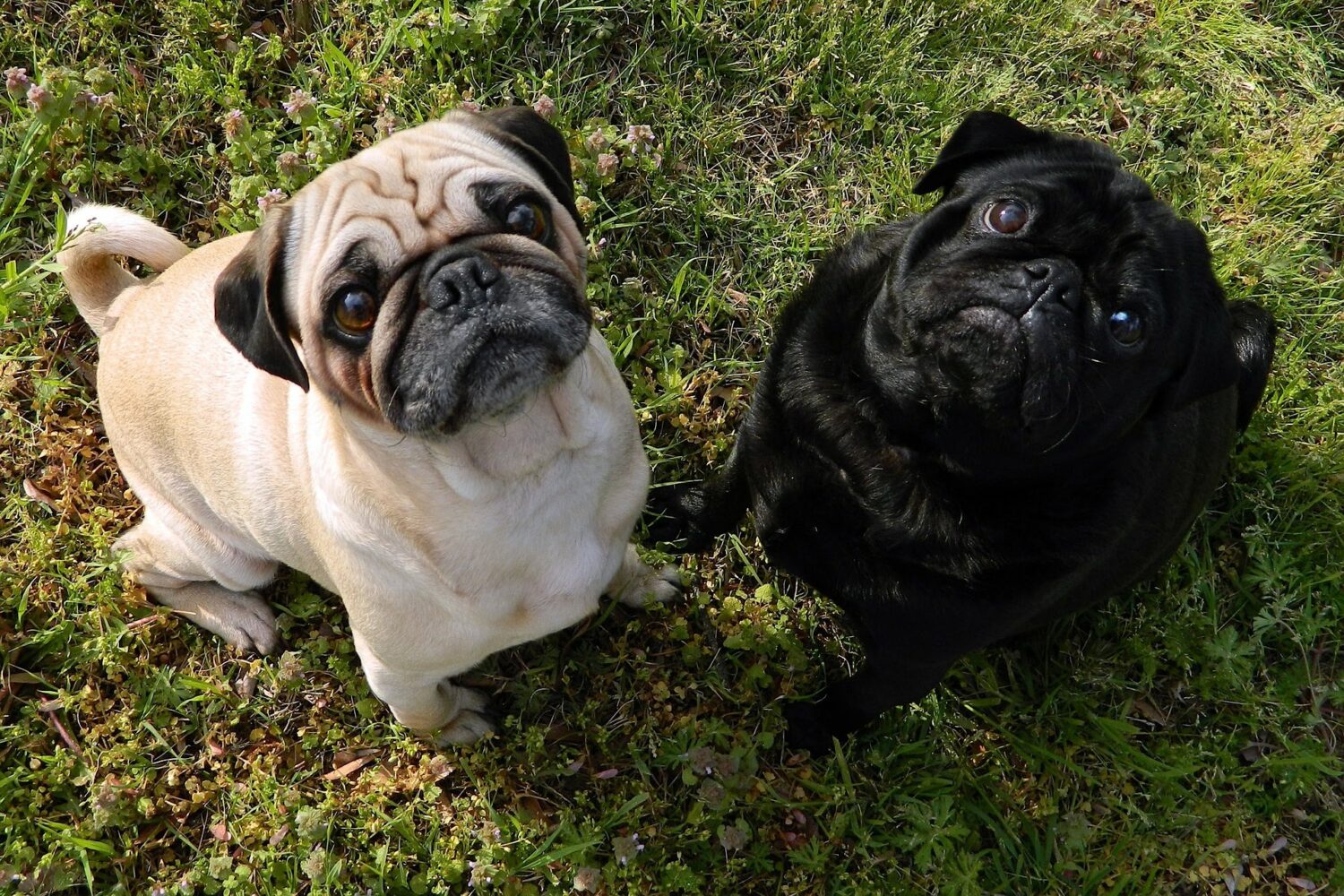Pugs are a popular breed of dog known for their wrinkled faces and curly tails.
They are affectionate, loyal, and playful, making them great companions for families and individuals alike.
If you’re considering getting a pug, there are a few things you should know about their care and behavior to ensure they thrive in your home.
In this article, we will provide a guide to everything you need to know about the adorable pug breed.
Table of Contents
- History and Origins of Pugs
- Physical Characteristics of Pugs
- Personality and Temperament of Pugs
- Training and Exercise Needs of Pugs
- Grooming and Health Care of Pugs
- Pug-Related Products and Accessories
- Common Pug Health Issues and Concerns
- Frequently Asked Questions About Pugs
History and Origins of Pugs
Pugs have a rich history that can be traced back to ancient China, where they were bred to be companion dogs for Chinese nobility.
They were later brought to Europe, where they became popular among European aristocracy in the 16th century.
Today, pugs are beloved by people all over the world and are recognized by various kennel clubs.
Physical Characteristics of Pugs
Pugs are small dogs, typically weighing between 14 and 18 pounds.
They have a compact, muscular build and a short, smooth coat that can be fawn, black, or silver in color.
Pugs are known for their distinctive wrinkled faces, curly tails, and bulging eyes.
Their flat noses and shortened airways can also make them prone to respiratory problems.
Personality and Temperament of Pugs
Pugs are known for their affectionate and playful personalities.
They are loyal to their owners and love to be around people.
Pugs also have a mischievous streak and can be quite stubborn, making training a challenge at times.
They are generally good with children and other pets, but may become jealous if they feel neglected.
Training and Exercise Needs of Pugs
Pugs require regular exercise to maintain their health and prevent obesity.
However, their short snouts make them prone to respiratory problems, so they should not be over-exercised or exercised in extreme heat.
Pugs can be stubborn and may require patience and consistency when it comes to training.
Grooming and Health Care of Pugs
Pugs require regular grooming to keep their coats and wrinkles clean and healthy.
They are also prone to certain health issues, including respiratory problems, eye problems, and skin issues.
Regular check-ups with a veterinarian are important to catch any potential health problems early.
Pug-Related Products and Accessories
There are a variety of products and accessories available for pug owners, including food and water dishes, toys, beds, and clothing.
It’s important to choose products that are appropriate for the size and needs of your pug.
Common Pug Health Issues and Concerns
As mentioned, pugs are prone to certain health issues, including respiratory problems, eye problems, and skin issues.
It’s important to monitor your pug’s health and behavior and seek veterinary care if you notice any concerning symptoms.
FAQs
1. Are pugs good with children?
A: Yes, pugs are generally good with children and make great family pets.
2. How often should I groom my pug?
A: Pugs should be groomed regularly, including brushing their coats and cleaning their wrinkles.
3. Do pugs require a lot of exercise?
A: Pugs require regular exercise, but should not be over-exercised or exercised in extreme heat.




